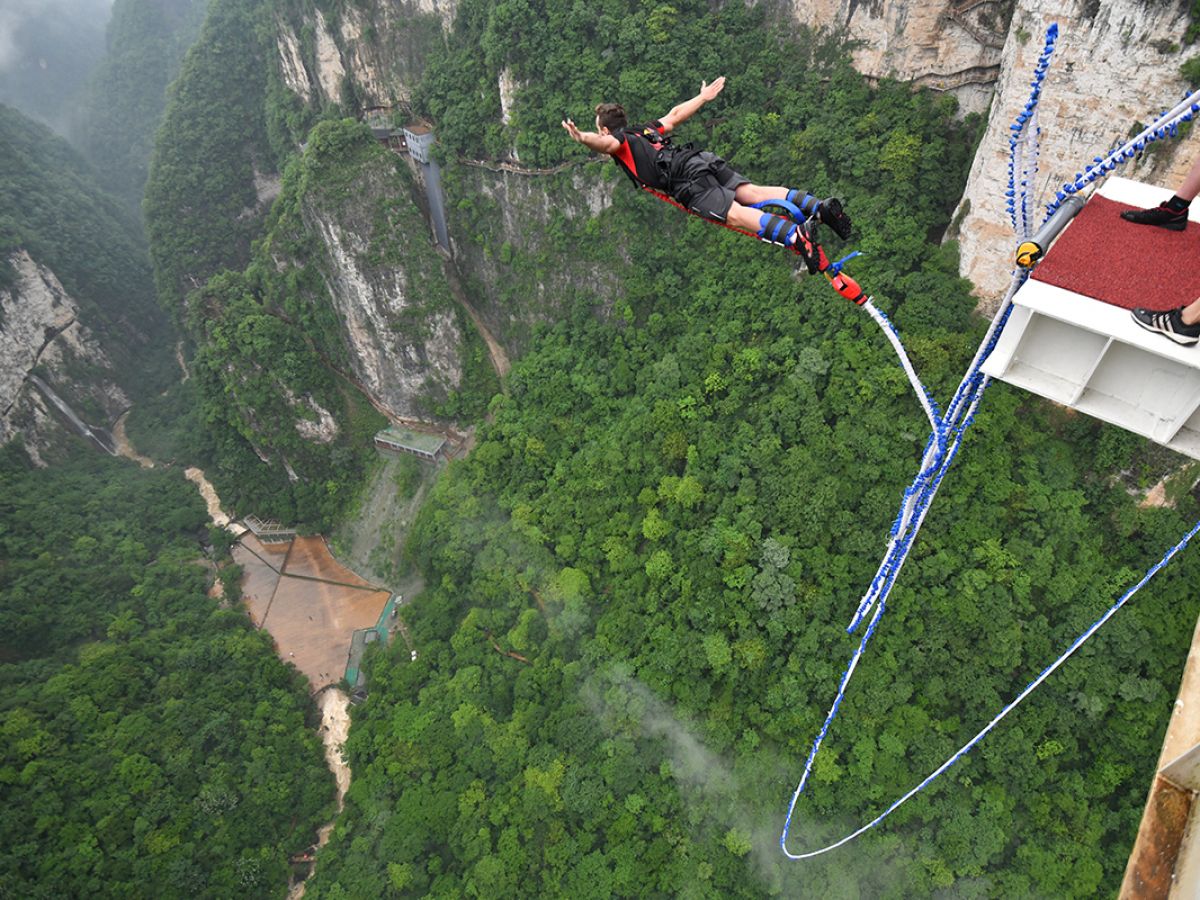What do flight, shock, and startle have in common? They are instinctive fear reactions in response to potential threats, such as when an object rapidly enlarges in the visual field. The imminence of the threat triggers a flight or shock reflex even before the exact nature of the danger can be identified. These behaviors occur without prior learning or experience and are essential for survival, as they allow for rapid action in dangerous situations.
“ Although these responses are instinctive, they can be modified or refined through learning. This is essential to enable individuals to adapt more effectively to their environment,” analyzes Sara Mederos, researcher at University College London (United Kingdom), during an interview for Science and Future. For example, at first, children may fear loud noises like fireworks, but through harmless experiences, they can learn to appreciate them. The ability to overcome instinctive reactions is of paramount importance: adaptation. Dysfunction of this mechanism may contribute to inappropriate or excessive fear responses,” says Sara Mederos's team. Together, these English researchers identified the neural circuit behind this learning. Their results were published in the prestigious journal Science.


